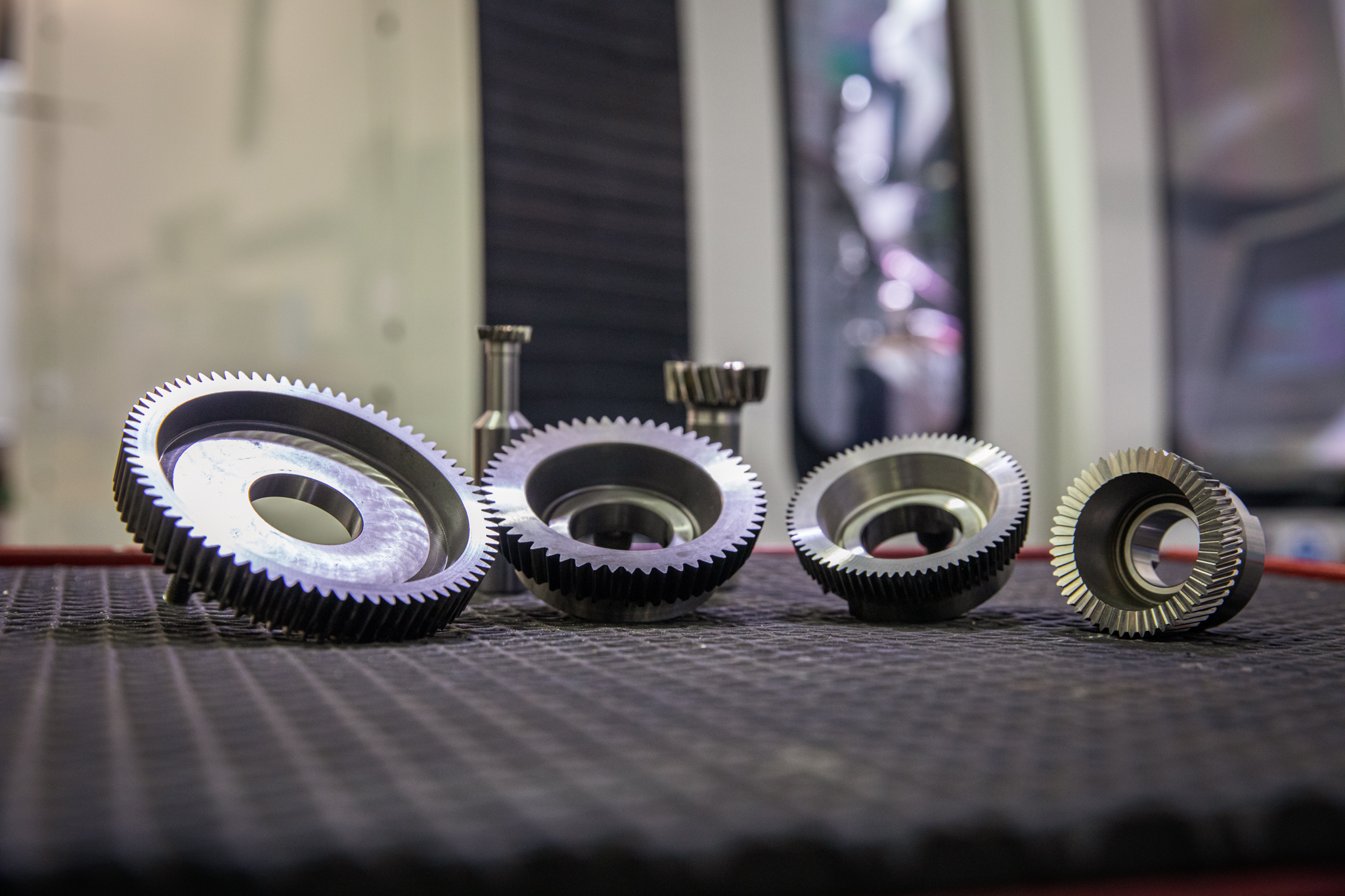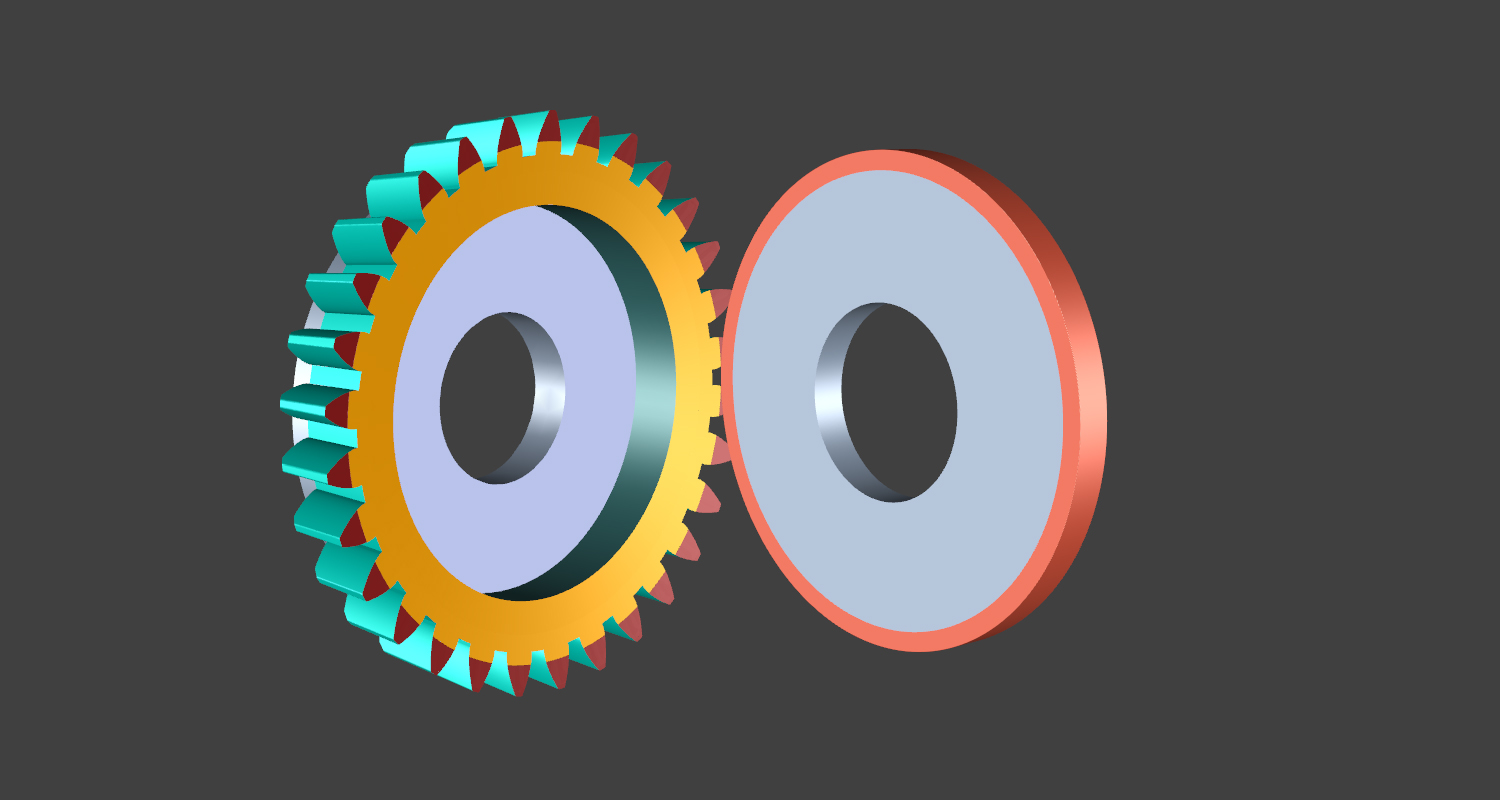 Many countries are moving to end the sales of fossil-fueled cars, and auto manufacturers are experimenting with electric vehicle technology to meet these requirements. The trens may have an impact on cutting tool sales, according to a new post by ANCA, a manufacturer of cutting tools.
Many countries are moving to end the sales of fossil-fueled cars, and auto manufacturers are experimenting with electric vehicle technology to meet these requirements. The trens may have an impact on cutting tool sales, according to a new post by ANCA, a manufacturer of cutting tools.
According to ANCA's post, in 2017, 11.8% of cutting tool consumption was for automotive manufacturing. Machining time for pure electric vehicles (EVs) is estimated to reduce by 50-75% compared to traditional internal combustion engines, resulting in overall cutting tool consumption decline as internal combustion engine (ICE) vehicles’ production ceases.
According to the post, electric vehicle production provides many opportunities for skiving cutters, especially in the area of gear production for vehicle transmission. The high engine speed of up to 20,000 rpm means a higher gear ratio is required to reduce the speed for efficiency. The planetary gear system is more prevalent in the new transmission design. In a planetary gear set, the external gears need to be ground, which the current production process of hobbing and then grinding can easily cater to. The problem is with the internal ring gear. Traditionally, the internal gears are produced with shaping or broaching; shaping is slow, while broaching relies on cumbersome tooling, the story said.
Gears for EV require greater precision and higher performance. The quality needs to increase from DIN 10 to DIN 6 for the internal gears; the gear industry sees hard skiving as the revolutionary process to produce the millions of internal ring gears needed for EV.
 To meet the greater requirements, ANCA released in 2019, its GCX Linear that the company says provides a complete solution for manufacturing DIN AA quality solid carbide skiving cutters.
To meet the greater requirements, ANCA released in 2019, its GCX Linear that the company says provides a complete solution for manufacturing DIN AA quality solid carbide skiving cutters.
More recently, the company released a new software package to sharpen skiving cutters and shaper cutters. Customers with ANCA's MX and TX machines only need to purchase a software update and replace the standard probe with a ruby probe tip.
The software to improve sharpening is important because of the design of these cutters. Skiving cutters are classified as a pinion cutter, consisting of the flank and rake face. After the flanks are produced, sharpening only grind back the rake face. These tools are expensive and designed to have a long tool life, typically 6mm to 10mm of resharpenable depth. During resharpening, the rake face is ground back by 0.3mm to 0.5mm each time, depending on the level of damage. There can be as many as 30 to 50 resharpenings during the lifetime of a tool. Following the growing trend of EV, there could be a need for hundreds of thousands of skiving cutters by 2024, which will equate to over a million sharpenings.
The resharpening package is available for MX and TX machines. With minimal hardware change, the MX can accommodate for tool diameters up to 105mm. The TX is even more capable, with a larger working envelope and more robust build, to fit a tool diameter up to 240mm. The hub type and disk type cutters can be mounted onto the collet with a fixture. The shank type cutters can be clamped directly in the collet or with an adaptor for morse taper.
In the ToolRoom software package, the new purchase option ‘Pinion type cutter sharpening’ contains operations for digitising and sharpening of the two rake face styles: stepped rake face and conical rake face.
For more information, read the post on ANCA’s webpage.
Contact Details
Related Glossary Terms
- arithmetic average ( AA)
arithmetic average ( AA)
The mathematical expression denoting one of several parameters that describe surface texture (same as average roughness Ra). Average roughness is the arithmetic average height deviation of the measured surface profile from the profile centerline. See surface texture.
- broaching
broaching
Operation in which a cutter progressively enlarges a slot or hole or shapes a workpiece exterior. Low teeth start the cut, intermediate teeth remove the majority of the material and high teeth finish the task. Broaching can be a one-step operation, as opposed to milling and slotting, which require repeated passes. Typically, however, broaching also involves multiple passes.
- collet
collet
Flexible-sided device that secures a tool or workpiece. Similar in function to a chuck, but can accommodate only a narrow size range. Typically provides greater gripping force and precision than a chuck. See chuck.
- fixture
fixture
Device, often made in-house, that holds a specific workpiece. See jig; modular fixturing.
- grinding
grinding
Machining operation in which material is removed from the workpiece by a powered abrasive wheel, stone, belt, paste, sheet, compound, slurry, etc. Takes various forms: surface grinding (creates flat and/or squared surfaces); cylindrical grinding (for external cylindrical and tapered shapes, fillets, undercuts, etc.); centerless grinding; chamfering; thread and form grinding; tool and cutter grinding; offhand grinding; lapping and polishing (grinding with extremely fine grits to create ultrasmooth surfaces); honing; and disc grinding.
- rake
rake
Angle of inclination between the face of the cutting tool and the workpiece. If the face of the tool lies in a plane through the axis of the workpiece, the tool is said to have a neutral, or zero, rake. If the inclination of the tool face makes the cutting edge more acute than when the rake angle is zero, the rake is positive. If the inclination of the tool face makes the cutting edge less acute or more blunt than when the rake angle is zero, the rake is negative.
- shank
shank
Main body of a tool; the portion of a drill or similar end-held tool that fits into a collet, chuck or similar mounting device.
- shaping
shaping
Using a shaper primarily to produce flat surfaces in horizontal, vertical or angular planes. It can also include the machining of curved surfaces, helixes, serrations and special work involving odd and irregular shapes. Often used for prototype or short-run manufacturing to eliminate the need for expensive special tooling or processes.
- slotting machine ( shaper)
slotting machine ( shaper)
Vertical or horizontal machine that accommodates single-point, reciprocating cutting tools to shape or slot a workpiece. Normally used for special (unusual/intricate shapes), low-volume runs typically performed by broaching or milling machines. See broaching machine; mill, milling machine.

